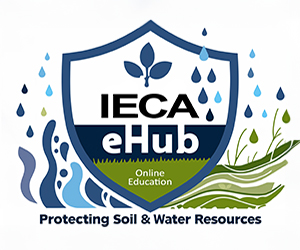
Stream Restoration Case Studies Focused on Habitat Enhancement
Recorded On: 2020/02/23
-
Register
- Non member - $40
- Professional member - $15
- Professional Plus member - Free!
- Professional Plus Org member - Free!
- Student member - $15
- Young Professional member - $15
- Emeritus member - $15
- Discounted Professional member - $15
- Australia Member - $15
- Australia Non-Member - $40
- Australasia Professional Plus - Free!
Stream Restoration Case Studies Focused on Habitat Enhancement

Presented by: Greg Jennings, PhD, PE, President | Jennings Environmental PLLC
Level: Beginner | Intermediate | Advanced
Duration: 1 hour
Type of Course: On-Demand
This presentation describes the process of enhancing stream habitats using several case study examples focused on fish, mussels, and salamanders. Stream restoration projects include channel realignment, streambank bioengineering, in-stream vane structures, and riparian vegetation. Participants will learn about methods for enhancing stream connectivity and ecological functions under various watershed conditions.
Learning Objectives:
- Understand components of stream restoration projects that improve aquatic habitats.
- Plan stream restoration projects that improve aquatic habitats.
- Communicate with stakeholders regarding ecological benefits of stream restoration.
Course Last Updated: June 2024


Greg Jennings, PhD, PE
President, Jennings Environmental PLLC
Greg Jennings founded Jennings Environmental PLLC following his retirement from the Biological & Agricultural Engineering faculty of North Carolina State University to apply ecological engineering solutions to address environmental challenges. He has provided leadership and technical support for planning, implementation, and evaluation of more than 200 ecosystem assessment and restoration projects in the Southeast. Greg is committed to advancing the science and practice of ecological engineering through collaborations with Universities, government agencies, and practitioners working to solve environmental challenges.
To receive credit for this class you must listen to the entire presentation, complete the course quiz with a passing grade of 70% of better and complete the course evaluation. After all course components are complete - you will receive 1 Professional Development Hour of credit.



